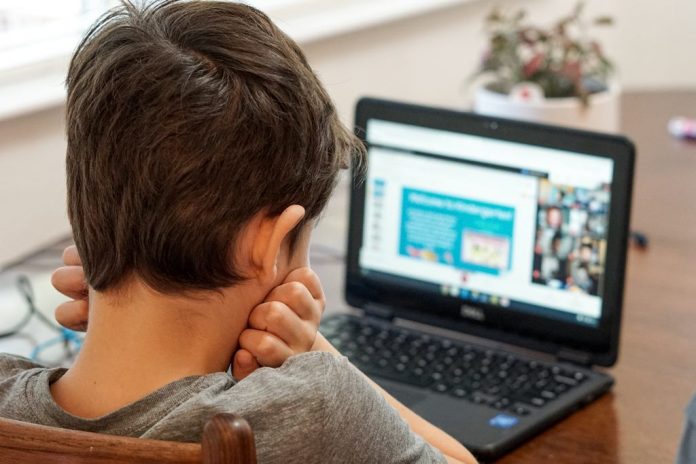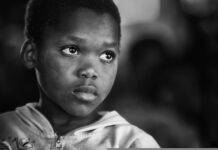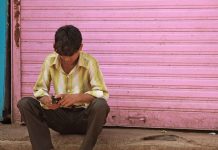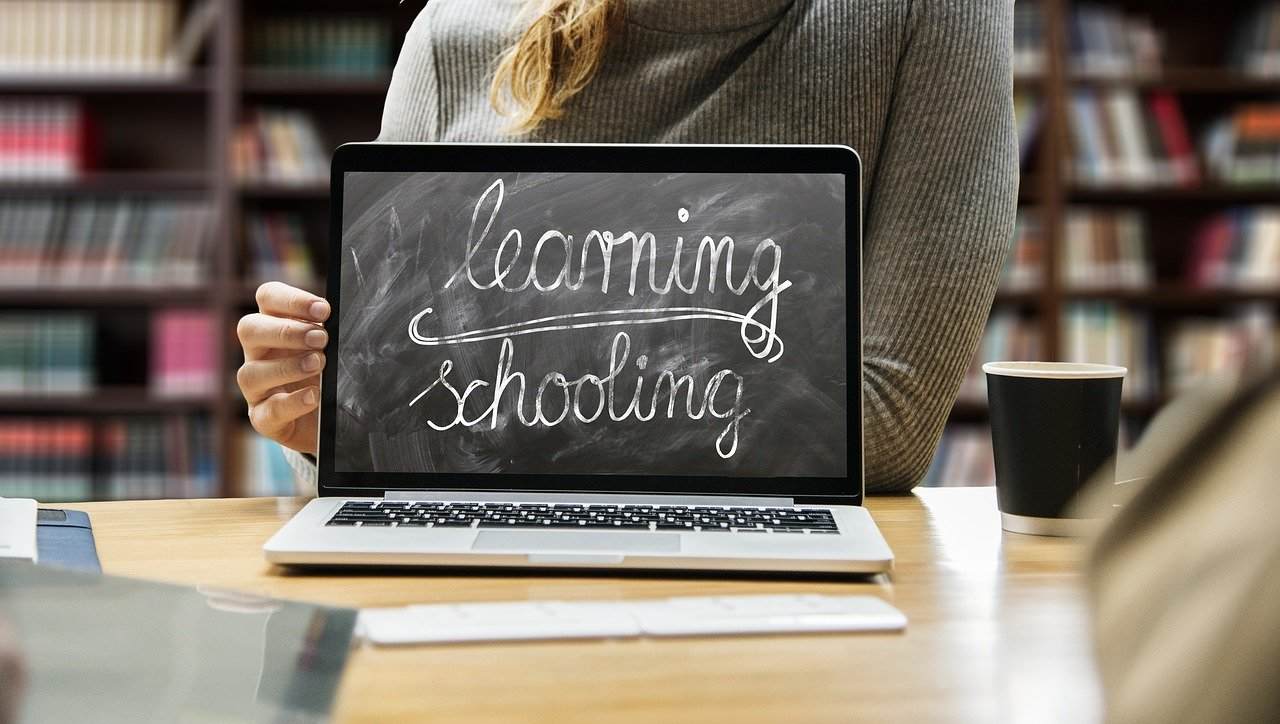
When the world was preparing to welcome the year 2020, somewhere in some parts of China a novel virus was bracing itself to redefine ‘normal’ for the human species. The simple activities like morning walk, greeting family members with hugs, visiting nearby grocery stores and preparing for the next working day have become memories of the distant past. Six months to the first lockdown in India and we have experienced unprecedented cases of unemployment combined with declining economic growth, reverse migration of labour and loss of learning hours due to closure of schools and colleges across the country.
Understanding the ‘New Normal’
A XII grade student in a Delhi based private school describes how her regular working day begins sitting comfortably in her cosy blanket sipping her morning milkshake as she waits for her teacher to start the online class. No more waking up early, walking to the school, sitting in the classroom and getting scolded for not submitting homework. But no more eating during class, sleeping on the last bench, exchanging written messages or praying for the substitutions either.
The pandemic has significantly impacted a lot of children and adults around the world. Children are locked in their homes for more than six months now- away from their school and friends. Schools are shut but teaching is happening through distance mode. Shift towards online education has been on the rise in these uncertain times. Schools and colleges have started online classes for learning to stay afloat in the competition and sustain in the market. Though there are some positives like continuing education and children not moving away from learning, the educational institutions seem to have overlooked the other side of online learning.
Different state governments have taken different measures based on their understanding of ‘learning’, ‘education’ and ‘quality’. For instance, in Delhi worksheets are sent through WhatsApp to ensure that learning is continued. Happiness Class, Entrepreneurship classes, English and Personality Development classes are being conducted virtually in collaboration with private organizations. Chhattisgarh govt. has launched an online school portal for class 1-10 wherein videos for different concepts are uploaded to be accessed by students and teachers. Kerala govt. claims to have ensured arrangements for access to online classes for 99.95% students with the help of MLAs, political formations, organizations and others. They have provided 35,000 TV Sets and repeat telecast of sessions is assured along with assistance from teachers wherever required. Special arrangements are done for CWSN and Kannada or Tamil speaking students staying in Kerala. Students and teachers in Kashmir, on the other hand, are reported to be struggling with poor 2G connection.
Challenges of online learning
Diversity and the issue of access: An estimated 71 million children aged between 5-11 years in India access the internet on devices of their family members, constituting about 14 percent of the country’s active Internet user base of over 500 million, the Internet and Mobile Association of India (IAMAI) said in its Digital in India report, in May 2020. A recent pan-India study by Smile Foundation with over 40,000 students from rural areas and urban slums found that 56% of children lacked access to a smartphone. Of these children, 12% had no access to any phone. Ground realities on access to e- education for children are stark. India being a diverse country with roughly 70% of its population residing in rural areas faces a major challenge in terms of equal access to education in general. With pandemic the situation has become even worse as children in remote areas struggle to access learning resources ranging from a well functioning smartphone/laptop to regular supply of electricity and stable internet connectivity.
Quality and the question of equity: Even when the challenge of access is somehow addressed, the next question is that of equity in terms of learning experiences. Interestingly, the ‘old regime’ was accused of being outdated and ineffective as students learning in government schools continued to struggle with basic literacy and numeracy competencies. In that light, online learning was projected to be a ray of hope that could bridge this equity gap. But, pandemic revealed how wide this gap is to be filled with mere distribution of TV sets or laptops. On one hand, we have children who spend hours playing PUBG and are more adept to new technology compared to their teachers. They have access to the most sophisticated phones and laptops with 4G connectivity. They have personal rooms wherein they can spend hours on their personal laptops reading and revising concepts learnt during online classes. These students have been using online platforms from much before the pandemic happened. On the other hand, we have students who are forced to sit on the hilltop or trees so that their father’s second hand mobile phone can receive 2G/3G network. In the case of families with more than one child the issues related to online learning take a very different form as the electronic device ought to be shared. The other challenges include lack of adequate and comfortable space for learning, irregular supply of electricity, limited storage space on phones etc. The issue of inequity can be understood from the fact that while a handful of private schools use platforms like Zoom and Google meet to conduct live online sessions the majority of schools have to rely upon WhatsApp as a medium of communication.
Adverse impact on key stakeholders: Online learning is affecting the students not only emotionally but also socially. They can’t meet their friends and sit in class as all learning is virtual. It hampers the joy of learning and the teacher does not have a free hand to monitor the student like it used to happen in the class. There is a lot of stress among the parents as they would be physically present while the student is attending the class online. Upon that other work will come to halt which have adverse effects on economic and social conditions for the family. The families are not able to afford the smart phones and even when they manage to do so, a stable internet connection with a data pack is needed which is very rare as most of the families use the phone to talk over the phone and some basic browsing. Teachers need to plan their way ahead and engage the students throughout the class making it tough for them as it is very new and they might have not taught using this medium. Most of our existing teachers are not tech savvy and not equipped to use the online tools. Adding to this, the increased screen time is causing health problems and isolation in homes is causing mental issues which will adversely affect the learning of students.
The way forward
While one can go on criticizing the mode of online learning on grounds of equity, effectiveness and its impact on children’s health, it also presents itself to be the need of the hour. Given the current state of affairs, opening up all the schools seems unlikely for next few months. Then the next logical question becomes what’s the way out. The answer lies in finding alternatives to ‘one size fit all’ approach. There needs to be an open and effective communication between different stakeholders to arrive at contextualized solutions. The focus ought to be on enabling children to learn how to learn, as also mentioned in NEP 2020, with a focus on life skill rather than abstract concepts. Use of blended learning methods seems to be a more effective approach. Distance learning mode remains effective so far as the onus of learning is believed to be on the learner and the teacher plays the role of a facilitator. There is a need to design activities and simple tasks that can allow children to actively engage with their learning environment. Encouragement should be given to engage with the parents, grandparents and adults around them to learn from their rich experience. Such an attempt directly calls for redefining and reexamining what constitutes ‘knowledge’ and how do we define ‘learning’ and ‘education’. Is it merely achieving learning outcomes decided by the state or preparing children to cope with the uncertainty around them? What good will learning the Pythagoras Theorem do if the child can’t authentically relate with the self and the society, form and maintain healthy relationships or identify and express one’s emotions in a healthy manner? How does knowing about the neutralization reaction help a child survive and live with dignity in this unpredictable and ever changing world? It’s not the facts but their utility that makes anything worth knowing and as much as this is true in general circumstances, focusing on skills like critical thinking, problem solving, self awareness and forming interpersonal relationships has become the need of the hour and requires providing the discourse around social -emotional learning its due place.
Richa Pandey and Murali Krishna have been working in the field of teaching and teacher-training and are presently working in the domain of social-emotional learning.













